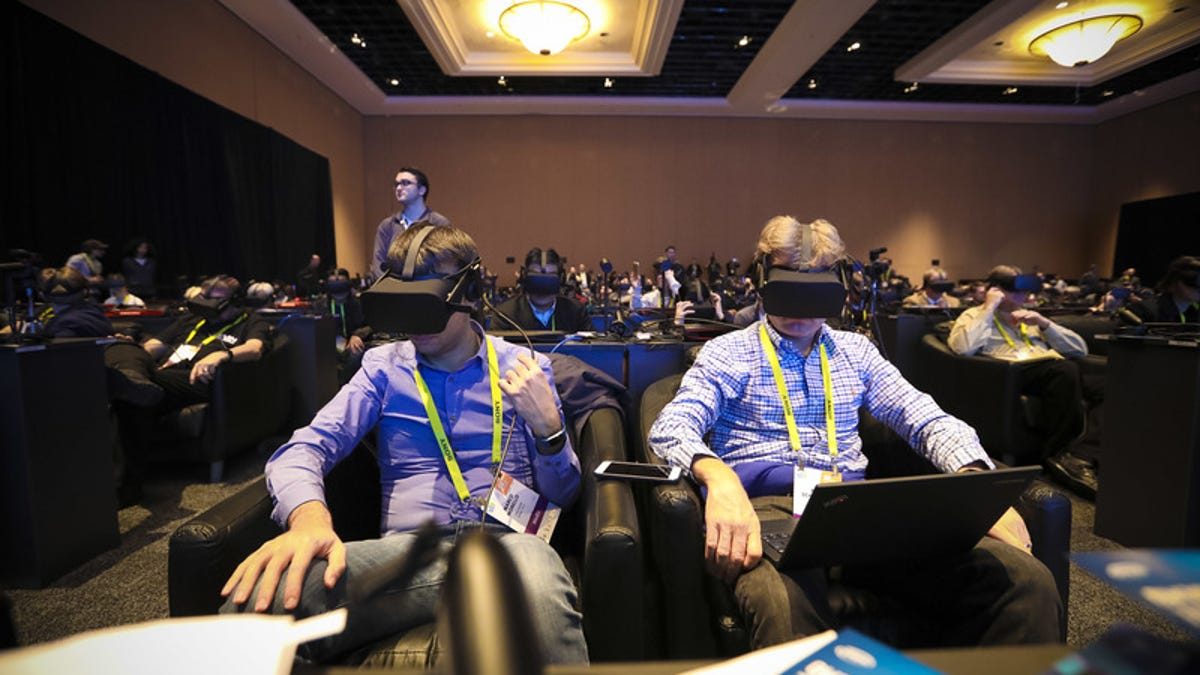CES 2017 shows live VR is no longer a blurry, awful mess
We've been watching live VR broadcasts for the past year, and most of them have been really bad. This year may finally be different.

Not all virtual reality is made the same.
Some of it, like videos produced by the likes of The New York Times, The Wall Street Journal and even CNET, invite you to pop a phone into a pair of goggles, strap them on and then watch as you're transported to a refugee camp, a ballet or a tech confab.
Game companies, filmmakers and all manner of other industries are trying their hand at it -- particularly after Facebook CEO Mark Zuckerberg spent $2 billion to acquire industry leader Oculus and said VR could revolutionize the way we use computers.
But live VR is something else. Whereas most videos offer a window into other people's worlds, live-streams are usually a blurry, glitchy mess.
Last year, when I tried this technology at CES, I was transported from a hotel party room at the Cosmopolitan in Las Vegas to a courtside seat at the United Center in Chicago to watch a basketball game between the Boston Celtics and the Chicago Bulls. But that's where the fun stopped -- I couldn't make out the scoreboard or player's jerseys.
Other streams, such as one of a presidential debate, were similarly bad.
This year, the video was far better. I was joined by 259 people in watching a college basketball game between Butler and Villanova from a ballroom at Mandalay Bay in Vegas. We were using technology from Intel called Voke VR, and the improvement over last year was noticeable.
Intel had barf bags just in case it got a little hairy.
Not only were scoreboards and players much easier to make out, but Intel had also replicated key details, such as the score and standings between various teams as extra information I could look at. There were even different camera angles I could watch.
I had the same reaction to a demonstration from NextVR, which showed me a replay of its live-stream technology the next day.
David Cole, co-founder of NextVR, said he expects images to get even better over the next year. One technological leap he's excited about is the ability to look around objects, like if a referee stands in front of the camera.
"If you have any interest in live broadcast, if it's music, live sports or current events -- that's one where you say I won't go back and watch this on television," he said.
NextVR is planning to begin offering "hundreds" of shows by the end of this year. "I wouldn't be surprised if by the end of 2017 there's something live on every day on our air," he said.
NextVR is already working with Fox Sports, and more will likely come soon.
New products from CES 2017: The CNET team shows you the latest gear from the Las Vegas tech show. Check it out right here.
CES 2017, what you can't miss: Not in Vegas? CNET shows you all the stuff you've just gotta see right here.

